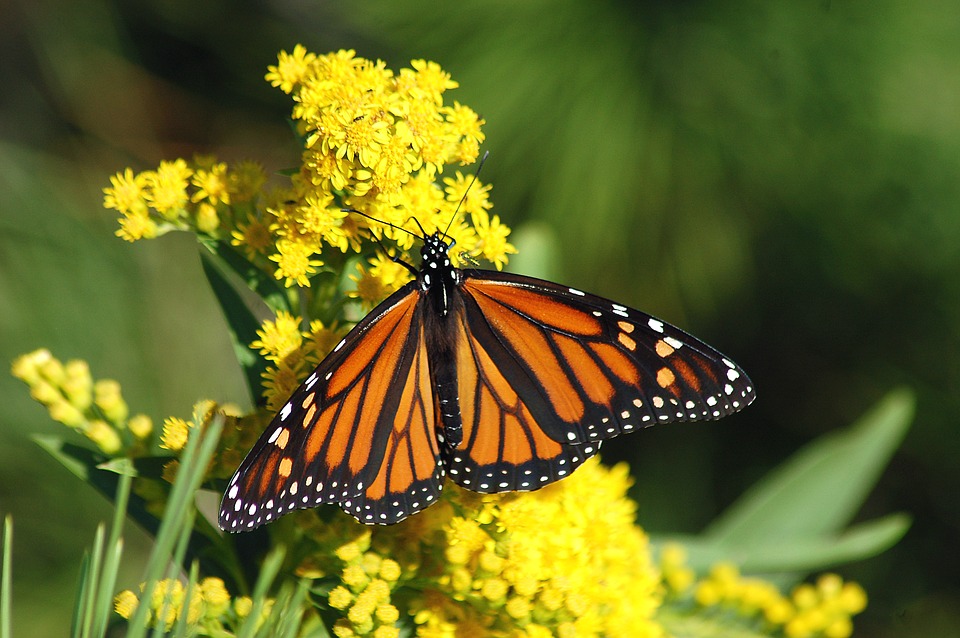
Monarch butterfly's toxin resistance conferred in fruit flies: Study

Researchers have made small genetic changes to laboratory fruit flies, giving them the toxin-countering potential that monarch butterflies possess.
The study, published in the journal Nature, revealed how the gene editing technology called CRISPR could be used to reconstruct an event that happened naturally by evolution several million years ago. The researchers, including those from Cornell University in the US, mentioned that small genetic changes in monarch butterflies prevented a normally fatal poison in their natural diet — the milkweed — from killing them. They edited the same genes using CRISPR technology into fruit flies and reconstructed evolution, conferring in the insect the toxin resistance abilities found in the butterflies.
Monarch caterpillars, the researchers said, ate only milkweed plants, which contained a poison called cardiac glycoside. The cardiac glycoside poisoned most other caterpillars and animals that ate milkweed by obstructing their body’s sodium pumps which transported life-maintaining salt across cell membranes, the study noted.
However, the researchers said that a specific variant of the monarchs gene prevented its sodium pump from clogging with poison, making the butterflies immune to the milkweed toxins effects. When the researchers edited this monarch butterfly gene into the flies in the laboratory, they became immune to cardiac glycoside.
“Our study suggests that, although there is a universal ancestor to life on Earth, small modifications were critical in specific adaptations,” said Anurag Agrawal, co-senior author of the study from Cornell University. Agarwal added that since the butterflies only ate milkweed, their survival during their annual migration depended on sequestering the plants toxins. He added that with CRISPR technology and several other tools, evolutionary biologists could reconstruct how organisms evolved over millions of years.


